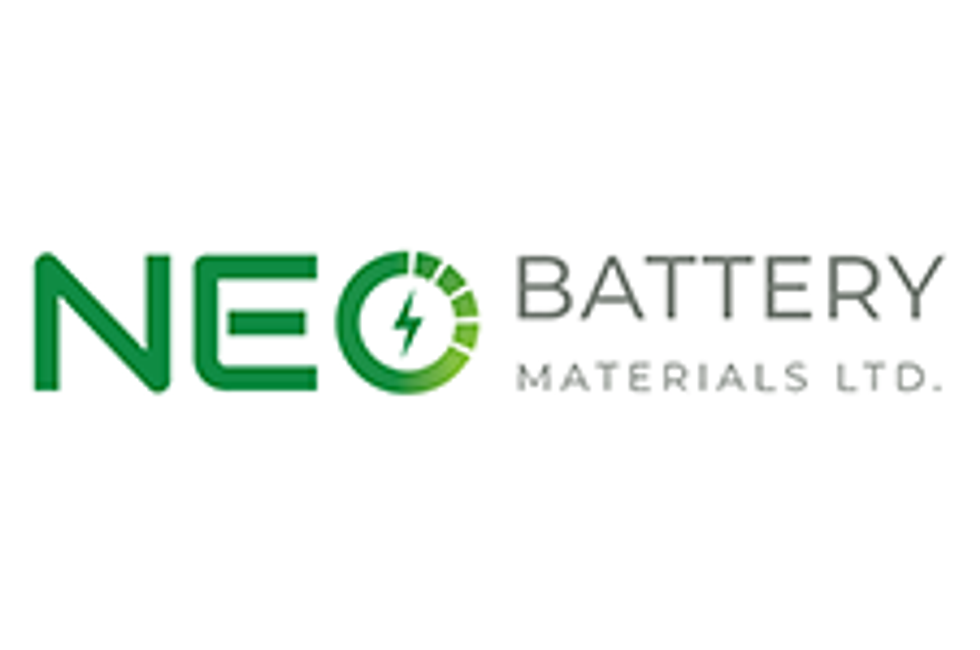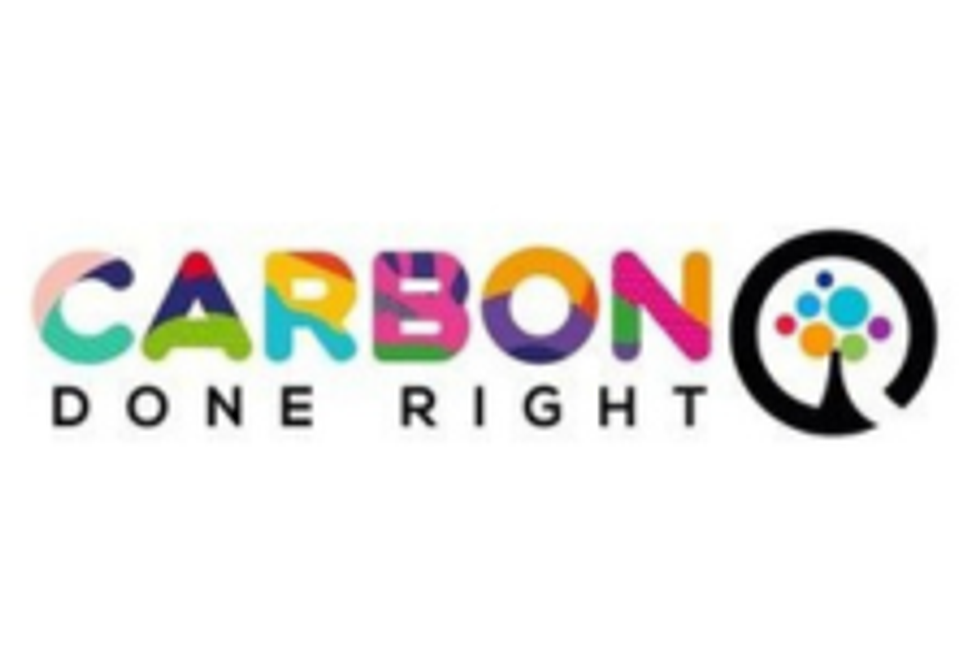- AustraliaNorth AmericaWorld
Investing News NetworkYour trusted source for investing success
Galan Lithium
Trident Royalties PLC
Carbon Done Right
International Graphite
- Lithium Outlook
- Oil and Gas Outlook
- Gold Outlook Report
- Uranium Outlook
- Rare Earths Outlook
- All Outlook Reports
- Top Generative AI Stocks
- Top EV Stocks
- Biggest AI Companies
- Biggest Blockchain Stocks
- Biggest Cryptocurrency-mining Stocks
- Biggest Cybersecurity Companies
- Biggest Robotics Companies
- Biggest Social Media Companies
- Biggest Technology ETFs
- Artificial Intellgience ETFs
- Robotics ETFs
- Canadian Cryptocurrency ETFs
- Artificial Intelligence Outlook
- EV Outlook
- Cleantech Outlook
- Crypto Outlook
- Tech Outlook
- All Market Outlook Reports
- Cannabis Weekly Round-Up
- Top Alzheimer's Treatment Stocks
- Top Biotech Stocks
- Top Plant-based Food Stocks
- Biggest Cannabis Stocks
- Biggest Pharma Stocks
- Longevity Stocks to Watch
- Psychedelics Stocks to Watch
- Top Cobalt Stocks
- Small Biotech ETFs to Watch
- Top Life Science ETFs
- Biggest Pharmaceutical ETFs
- Life Science Outlook
- Biotech Outlook
- Cannabis Outlook
- Pharma Outlook
- Psychedelics Outlook
- All Market Outlook Reports
MGX Minerals Receives Independent Confirmation of Rapid Lithium Extraction Process

MGX Minerals Inc. (“MGX” or the “Company”) (CSE: XMG / FKT: 1MG / OTC: MGXMF) is pleased to announce it has received independent laboratory-testing results from the Saskatchewan Research Council (“SRC”) on the Company’s patent-pending “Method for Extraction of Lithium from Salt Brine” (U.S. Provisional Patent #62/419,011).
MGX Minerals (CSE:XMG) is pleased to announce it has received independent laboratory-testing results from the Saskatchewan Research Council (“SRC”) on the Company’s patent-pending “Method for Extraction of Lithium from Salt Brine” (U.S. Provisional Patent #62/419,011).
As reported by SRC, the Company’s proprietary design process was successful in recovering up to 83.7% lithium (Li) and concentrating 461 ppm Li from a 71 ppm representative sample of formation brine originating from the Sturgeon Lake oilfield.
“The results of laboratory testing by SRC provide third-party validation of our proprietary design process and its ability to rapidly separate lithium and other valuable minerals from wastewater brine,” stated MGX President and CEO Jared Lazerson. “We have made many advancements since this original process design, but this validation is important and we will continue to rely on SRC for independent testing and improvements of both active and newly developed passive filtration technologies.”
Excerpts from the SRC Summary Report- Metallurgical Tests and Executive Summary- are outlined verbatim below. Note that certain portions of the report have been redacted to protect proprietary information and data:
Table 1. Assay Results of the as Received Brine Sample
| Element | K | Mg | Na | Cl | Ca | SO 2-4 | Sr | Br | Li |
| Assay (ppm) | 4212 | 2903 | 60747 | 116632 | 24753 | 186 | 1080 | 334 | 71 |
SRC independently carried out multi-stage evaporation tests following the patent-pending design process as provided by MGX. As reported by SRC in the executive summary:
- It was not feasible to remove 90% of the water in the primary evaporation of the Formation brine because the formation of the jel-like material made the filtration impossible. The maximum water evaporation was 66% of the feed brine mass before the jel formation. Approximately 97% of Na, 26% of K, 35% of Ca and 29% of Mg were precipitated. The recovery of Li and Sr was 75.6% and 68.8%, respectively.
- The modified processes including magnesium precipitation by lime followed by the primary evaporation to precipitate NaCl and the secondary evaporation to precipitate CaCl2 and concentrate lithium.
- The Mg removal was very effective and more than 99.99% of Mg was removed. The residue Mg in the brine was less than 0.1 ppm. The lithium recovery was 84.1% and the Sr recovery was 80.1%.
- In the primary evaporation process, 67% of the feed brine mass was evaporated as water and more than 96% of Na was removed as NaCl. There were almost no Li or Sr loss in this process. Li was concentrated from 60 ppm to 321 ppm.
- In the secondary evaporation process, 26% of the feed brine mass was evaporated as water and 12% of Ca was removed as CaCl2. The lithium recovery was 94.1% and the Sr recovery was 94.6%. The sample turned to a jel-like material after further evaporation to remove 40% of the brine mass as water.
- In the whole process, the estimated water evaporated was 72% of the total feed brine mass. More than 99.99% of Mg, 99% of Na, 45% of K and 25% of Ca were precipitated from the brine. The overall recovery was 83.7% for Li and 77.2% for Sr. Lithium was concentrated to 461 ppm from 71 ppm. However, the impurity level, especially Ca, was still very high and further removal of Ca through evaporation is not feasible.
SRC has provided the Company with several recommendations to remove Ca impurity levels. The full report will be filed on SEDAR within 45 days.
Qualified Person
The technical portions of this press release were prepared and reviewed by Andris Kikauka (P. Geo.), Vice President of Exploration for MGX Minerals. Mr. Kikauka is a non-independent Qualified Person within the meaning of National Instrument (N.I.) 43-101 Standards.
MGX may decide to advance its petrolithium projects into production without first establishing mineral resources supported by an independent technical report or completing a feasibility study. A production decision without the benefit of a technical report independently establishing mineral resources or reserves and any feasibility study demonstrating economic and technical viability creates increased uncertainty and heightens economic and technical risks of failure. Historically, such projects have a much higher risk of economic or technical failure.
About SRC
The Saskatchewan Research Council (SRC) is one of Canada’s leading providers of applied research, development and demonstration (RD&D) and technology commercialization. With more than 375 employees, $70 million in annual revenue and over 69 years of RD&D experience, SRC provides products and services to its 1,500 clients in 20 countries around the world.
Click here to connect with MGX Minerals (CSE:XMG) to receive an Investor Presentation.
Source: www.mgxminerals.com
Outlook Reports
Featured Cleantech Investing Stocks
Browse Companies
MARKETS
COMMODITIES
| Commodities | |||
|---|---|---|---|
| Gold | 2308.63 | -24.76 | |
| Silver | 26.91 | -0.40 | |
| Copper | 4.44 | -0.06 | |
| Oil | 82.26 | +0.36 | |
| Heating Oil | 2.58 | +0.02 | |
| Natural Gas | 1.79 | 0.00 | |
Investing News Network websites or approved third-party tools use cookies. Please refer to the cookie policy for collected data, privacy and GDPR compliance. By continuing to browse the site, you agree to our use of cookies.




